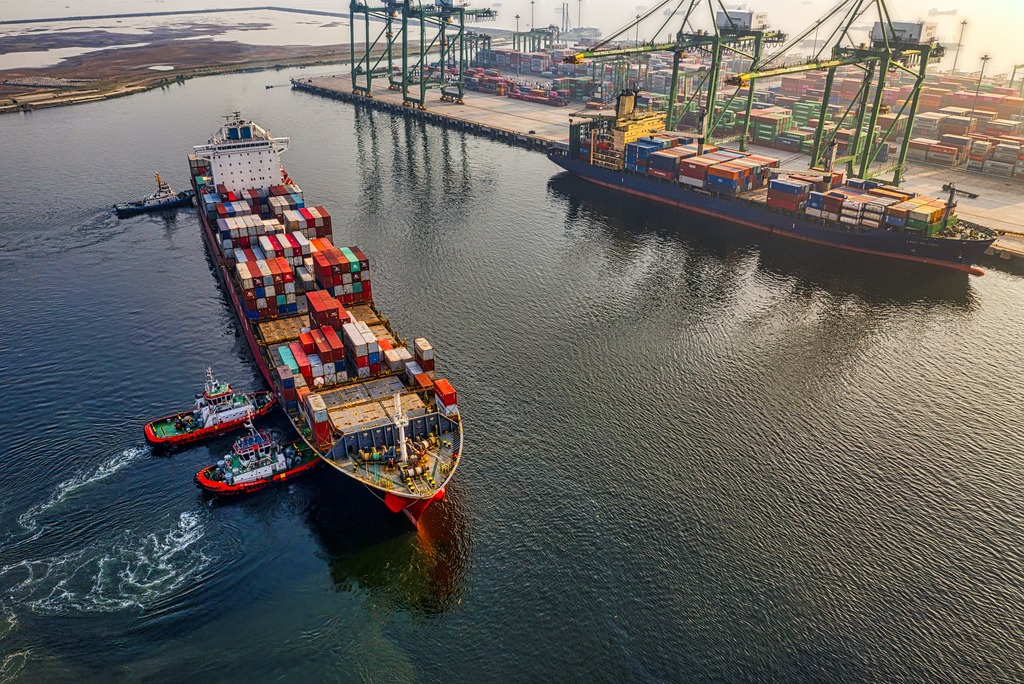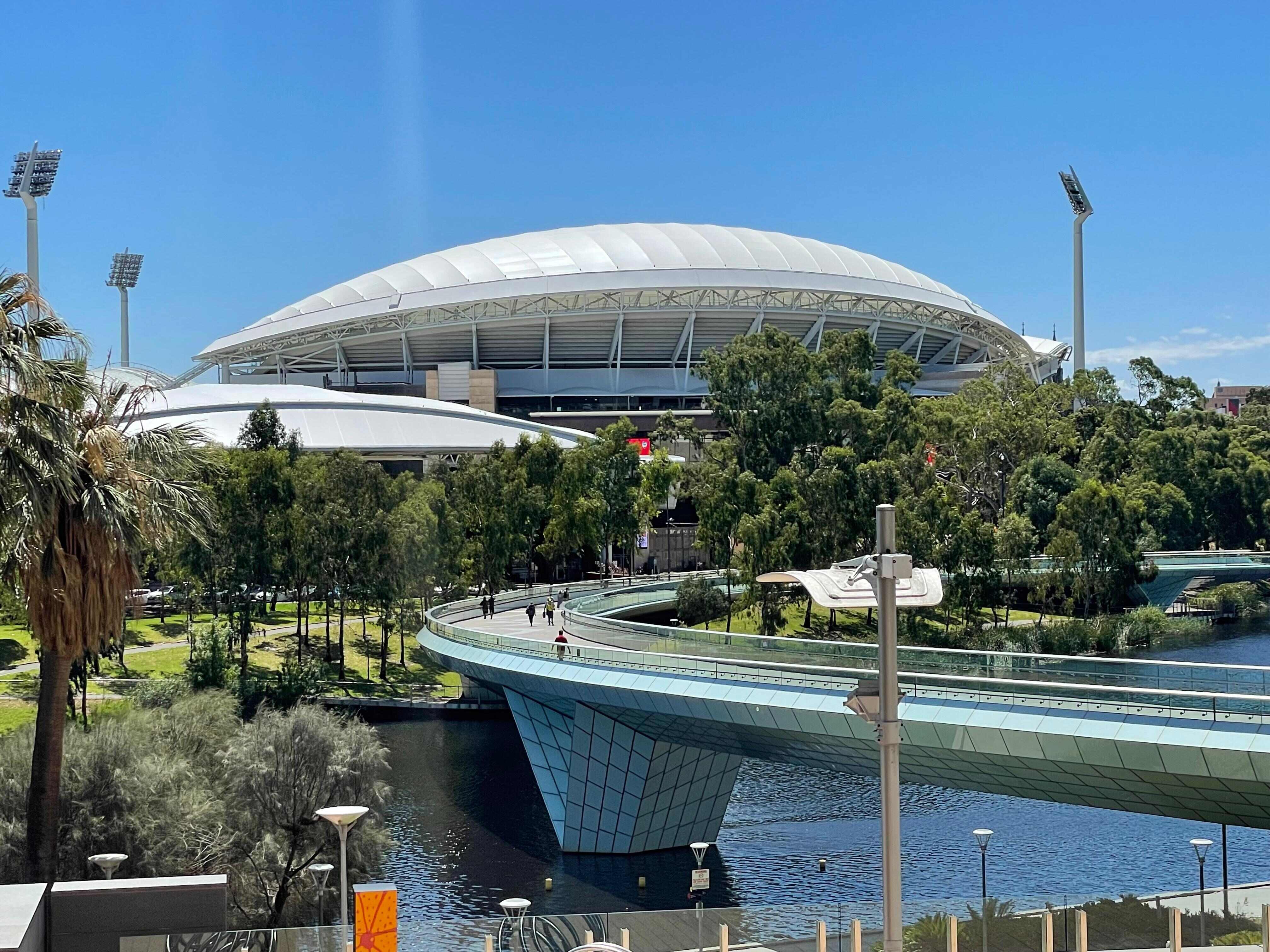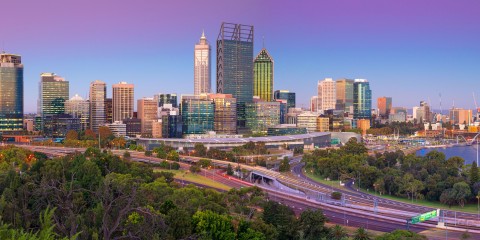In December 2023, the Australian government announced a new Migration Strategy, introducing significant changes to various visa programs, including the Graduate Visa.
The reforms are set to impact many people currently studying in Australia, prospective students, and the education sector, as the substantial reduction in age eligibility could make Australia less attractive for those seeking study opportunities and a pathway to Permanent Residency.

Changes to the 485 Temporary Graduate Visa are proposed to be implemented on the 1st of July 2024 and include:
Graduate Work stream
- The Graduate Work stream will be renamed to the Post-Vocational Education Work stream.
- Maximum eligible age will be reduced from under 50 to 35 years of age or under.
- Applicants are allowed to remain for a maximum of 18 months.
- Hong Kong and British National Overseas passport holders who are under 50 years of age will remain eligible.
- Hong Kong or British National Overseas passport holders may be able to stay for up to 5 years.
- Applicants must hold an associate degree, diploma or trade qualification, closely related to their nominated occupation on the Medium and Long-term occupation list.
- Applicants with a degree-level qualification or higher are no longer eligible for this stream and must apply through the Post-Higher Education Work stream instead.
Post-Study Work stream
- The Post-Study Work stream will be renamed to the Post-Higher Education Work stream.
- Maximum eligible age will be reduced from under 50 to 35 years of age or under.
- Hong Kong and British National Overseas passport holders who are under 50 years of age will remain eligible.
- The 2-year extension for selected degrees will be discontinued.
Stay periods:
- Bachelor degree (including honours) – up to 2 years
- Masters (coursework and extended) – up to 2 years
- Masters (research) and doctoral degree (PhD) – up to 3 years.
Hong Kong and British National Overseas passport holders may be able to stay for up to 5 years.
Stay periods for Indian nationals, as agreed in the Australian Indian – Economic Cooperation and Trade Agreement (AI-ECTA), remain as:
- Bachelor degree (including honours) – up to 2 years
- Bachelor degree (with first class honours in STEM, including ICT) – up to 3 years
- Masters (coursework, extended and research) – up to 3 years
- Doctoral degrees (PhD) – up to 4 years.
Second Post-Study Work stream
The Second Post-Study Work stream will be renamed the Second Post-Higher Education Work stream, with no additional changes to the stream.
This visa is designed for individuals holding a Temporary Graduate visa (from the first Post-Study Work stream or Replacement stream) who earned their degree from an Australian institution in a regional area. It allows you to live, work, and study temporarily in Australia.
To apply for this visa you must:
- Be under 50 years of age.
- Currently hold a Temporary Graduate visa in the post-study work stream or have held one previously in the replacement stream.
- Possess a degree from a CRICOS-registered course at an institution in an eligible designated regional area, which was the basis for the first Temporary Graduate visa.
- Have lived in a designated regional area for a minimum of two years prior to applying.
Replacement stream
The Replacement stream will cease.
What can you do now?
With the changes, it seems there will be no transition provisions for those currently studying in Australia who are over 35 years old. Unfortunately, this is particularly concerning as many people over 35 are nearing the completion of their courses and will not be eligible to apply for the Temporary Graduate Visa after July 1st.
Applicants no longer eligible for the Post-Vocational Education Work stream or the Post-Higher Education Work stream due to the age reduction may still qualify for other visas, such as the Employer-sponsored 482 or 494 visas, the 407 Training Visa, or Skilled Visas 189, 190, and 491, among others.
If you are over 35, you might need to explore other potential visa options upon completing your studies. Please book an appointment with us; we are here to help.
Do you need help with an Australian visa application?
Our team of experienced Immigration Lawyers and Migration Agents look forward to assisting you with your visa application.
Based in Adelaide, South Australia, we provide Australian Immigration advice to people and businesses from all over the world.
You can book an appointment online or call us at (+61) 8 8351 9956.
Sources:
https://immi.homeaffairs.gov.au/visas/getting-a-visa/visa-listing/temporary-graduate-485/changes
https://immi.homeaffairs.gov.au/programs-subsite/migration-strategy/Documents/migration-strategy.pdf










